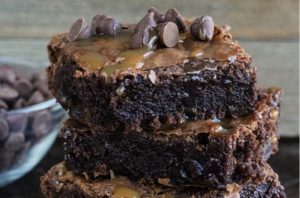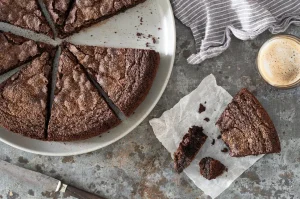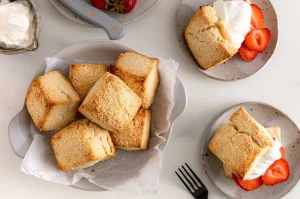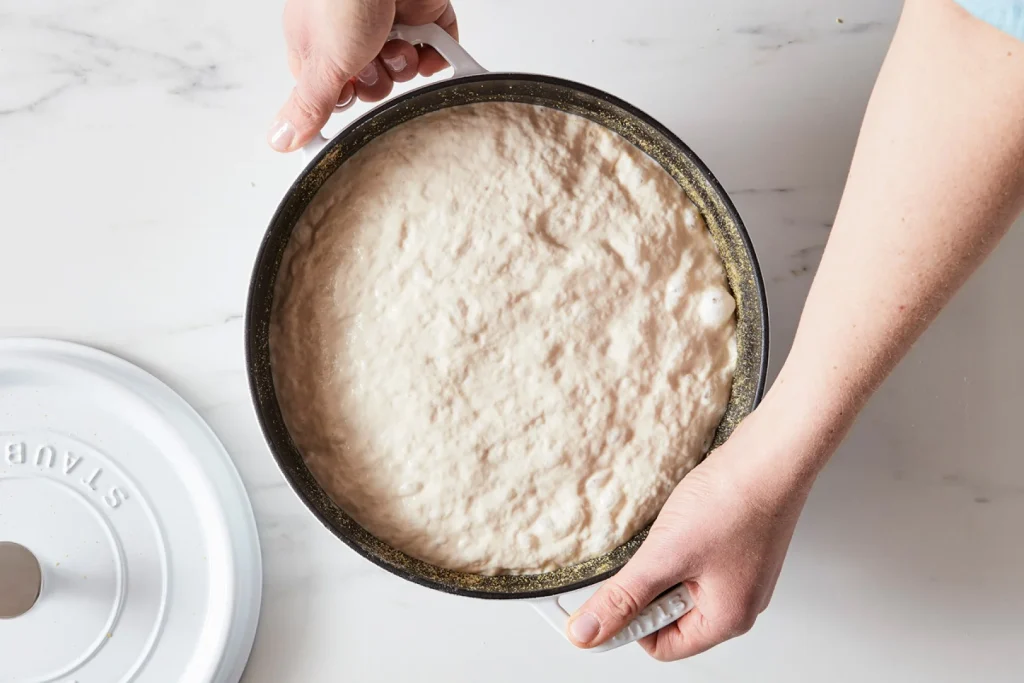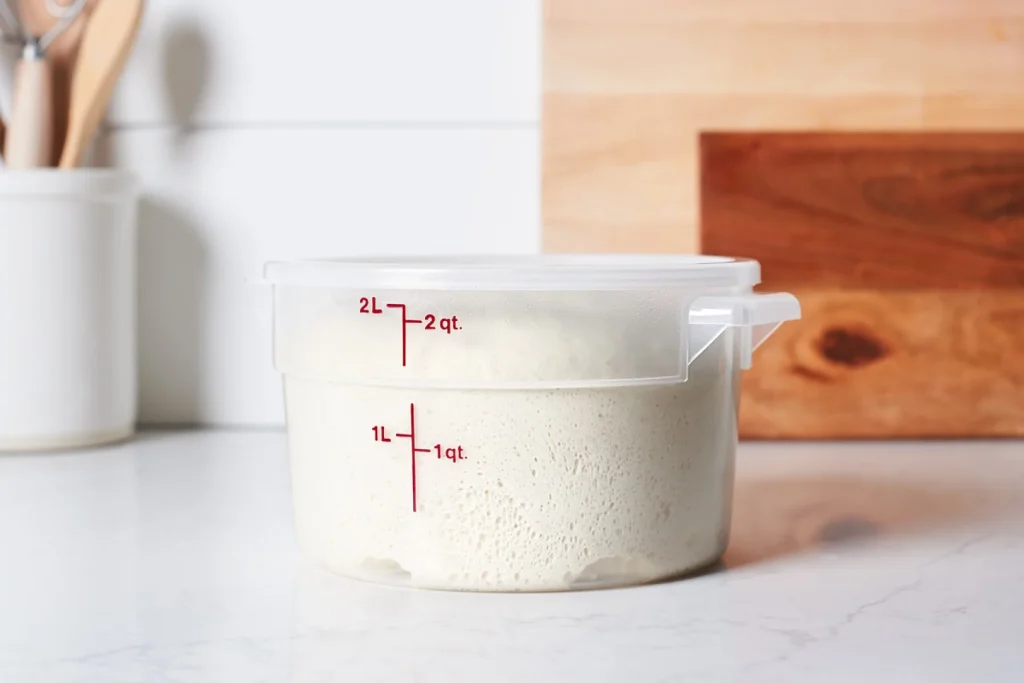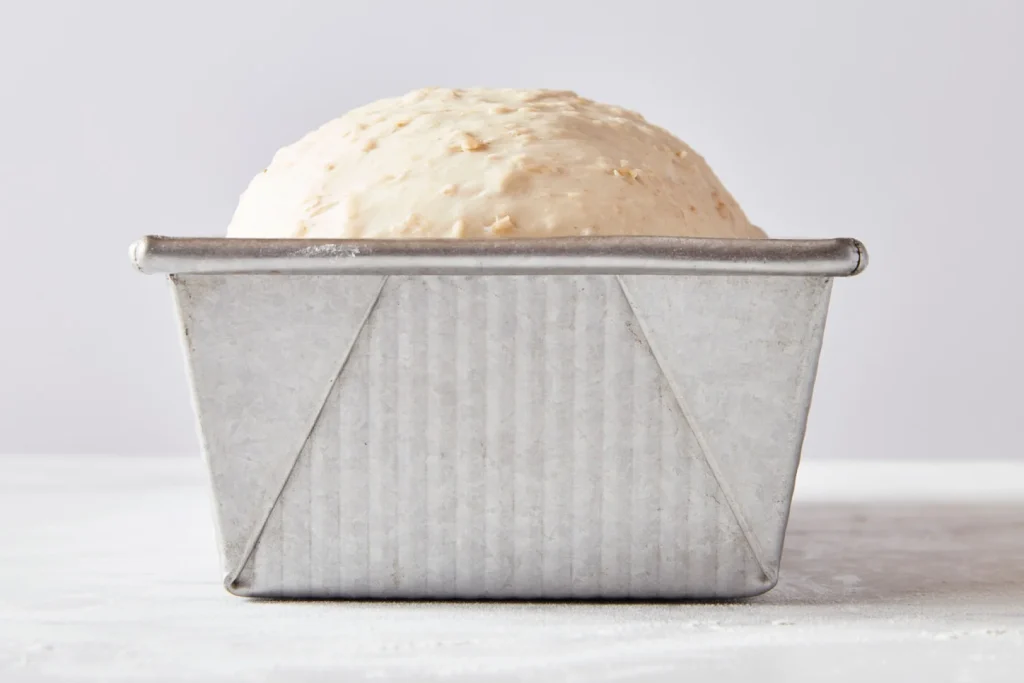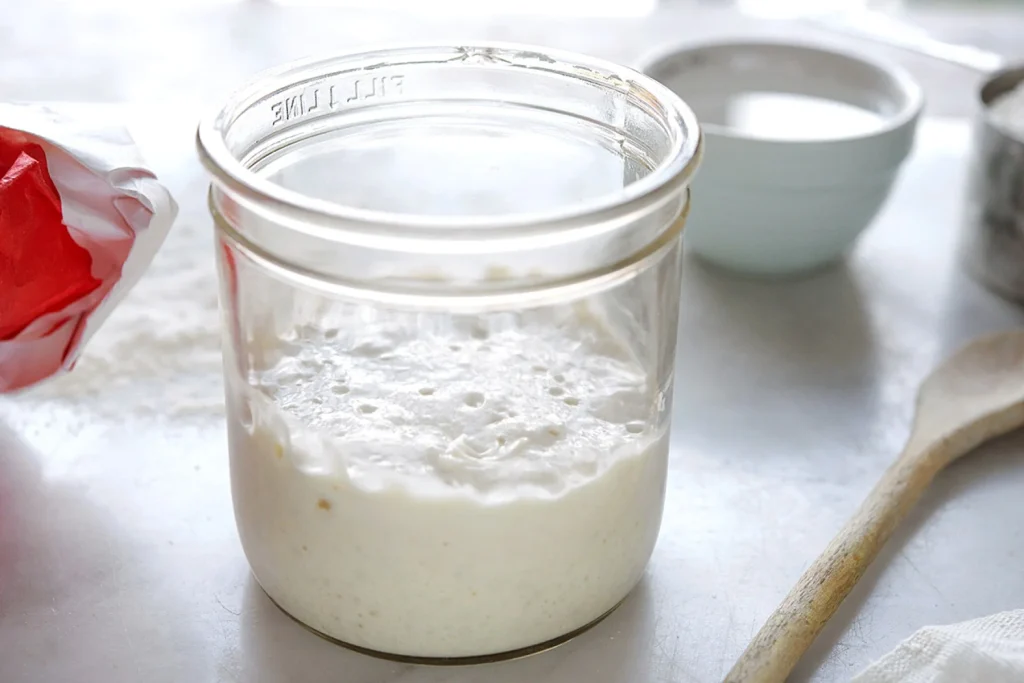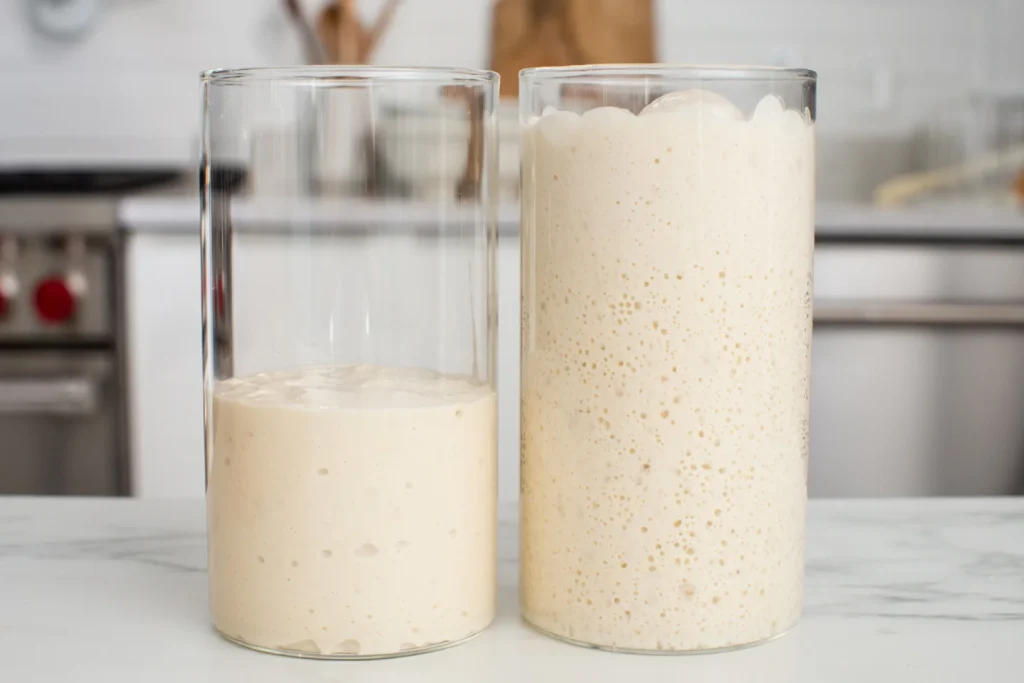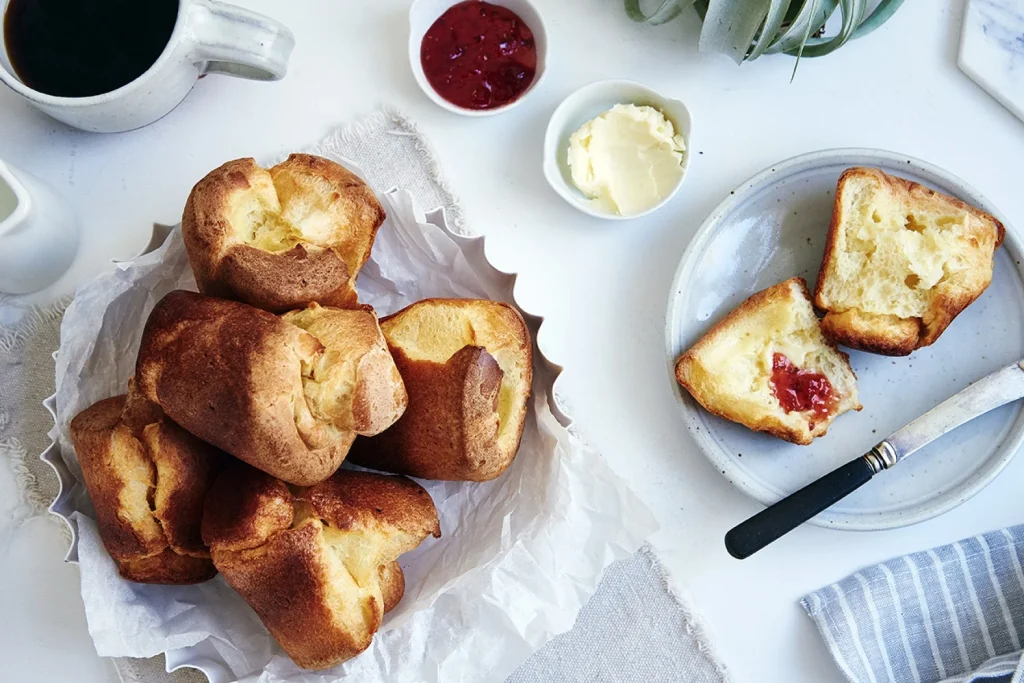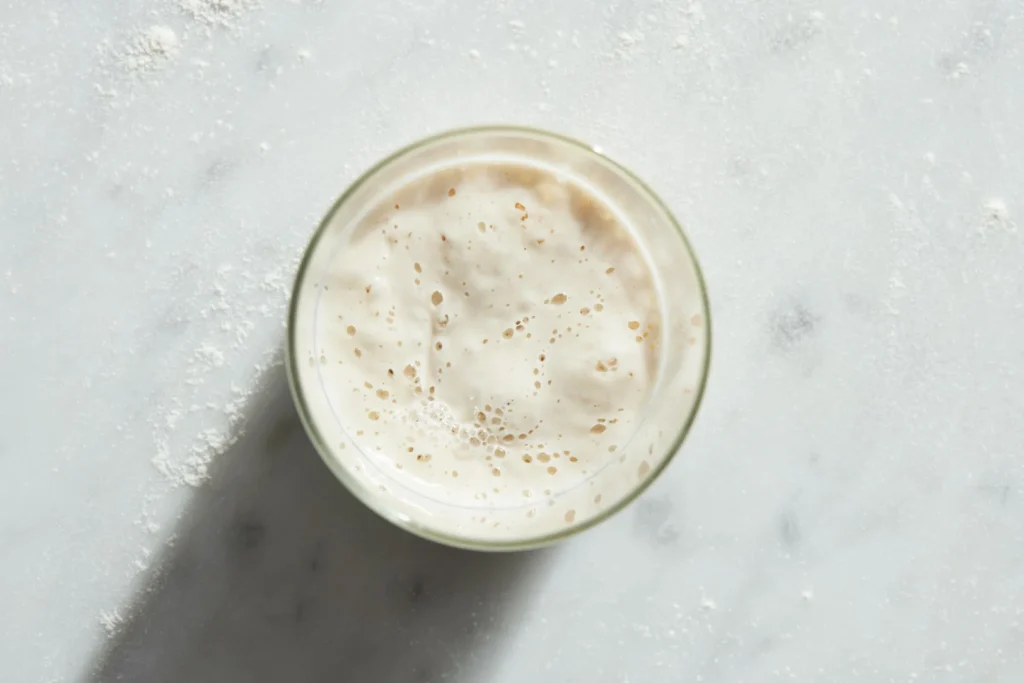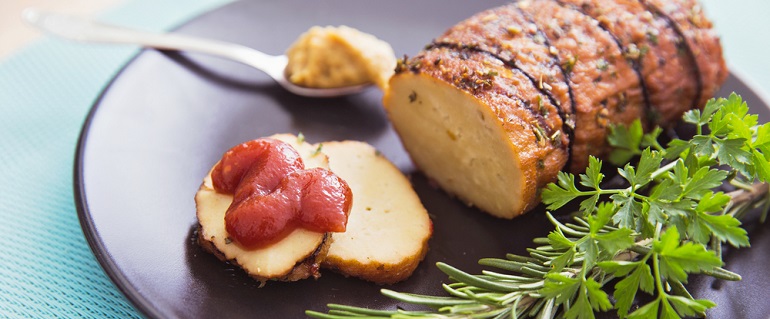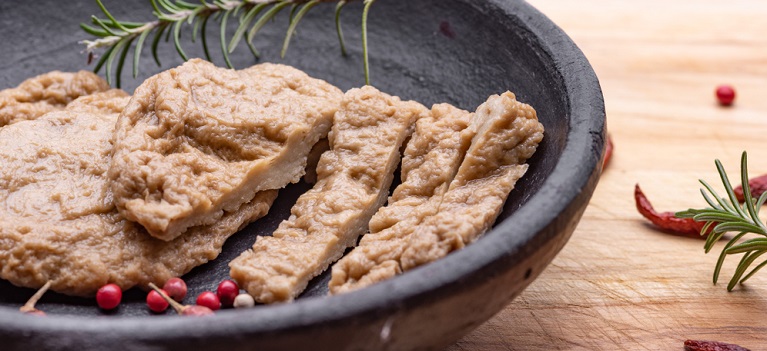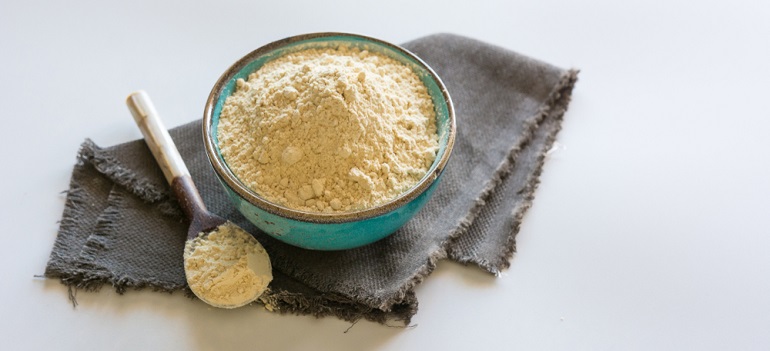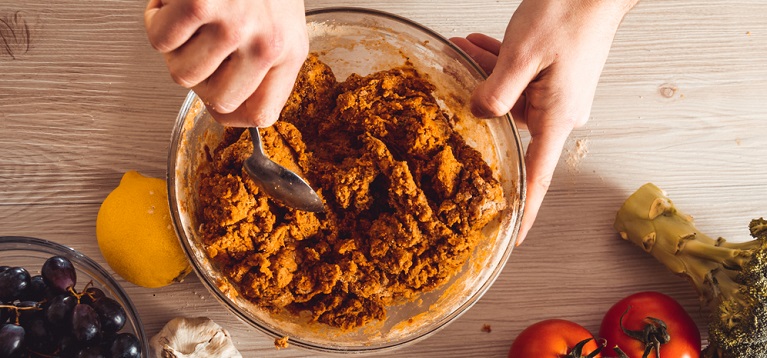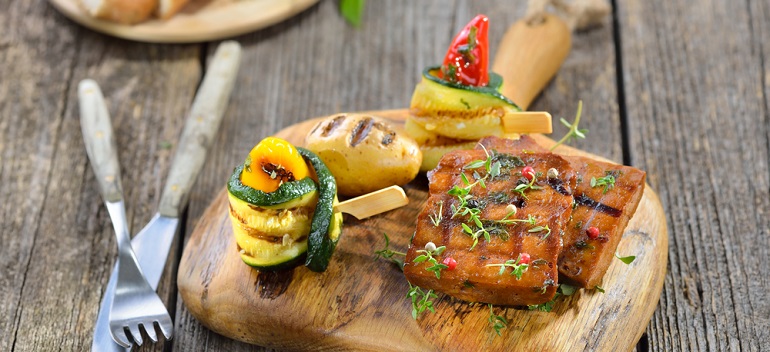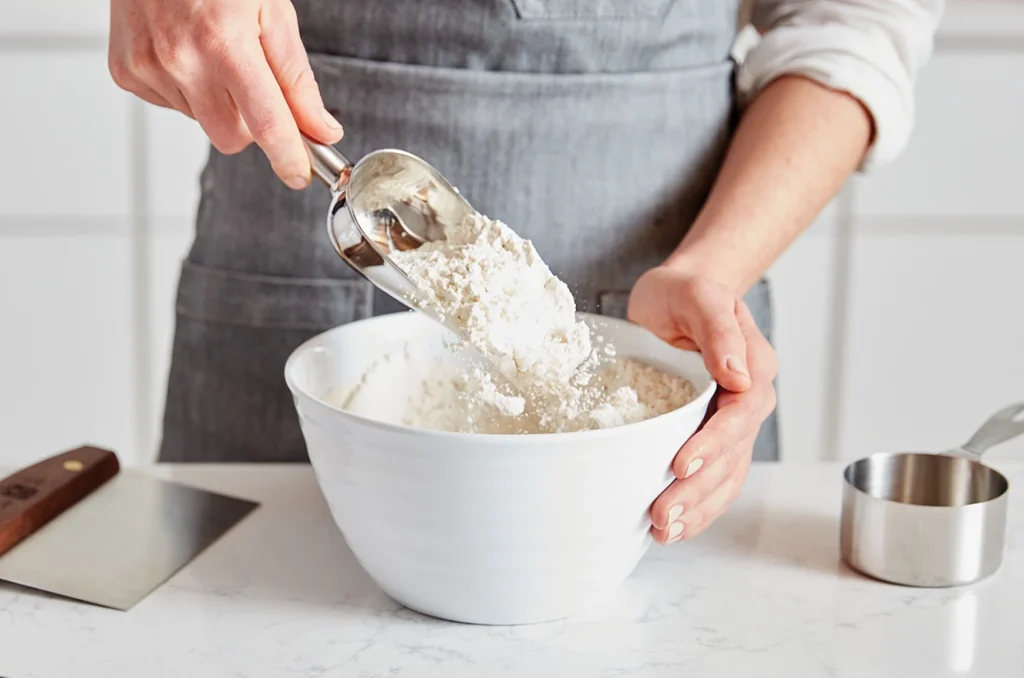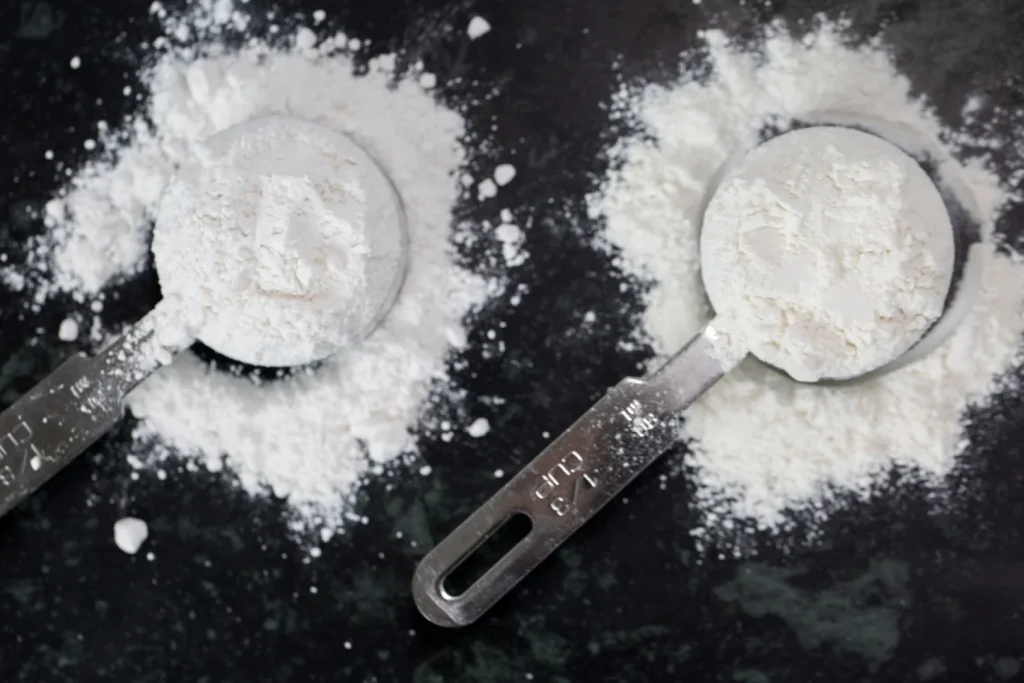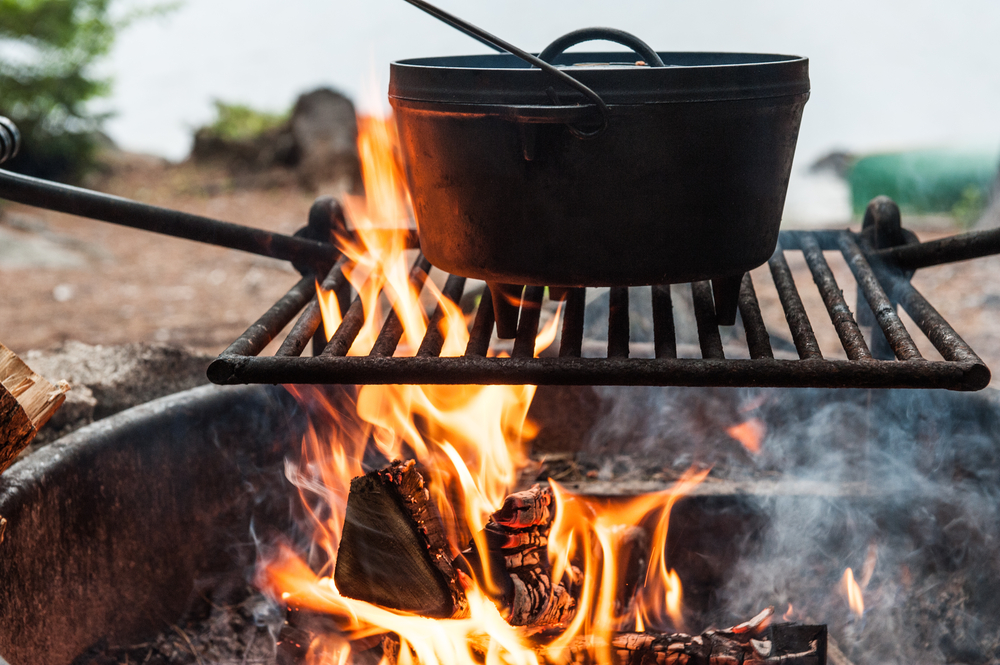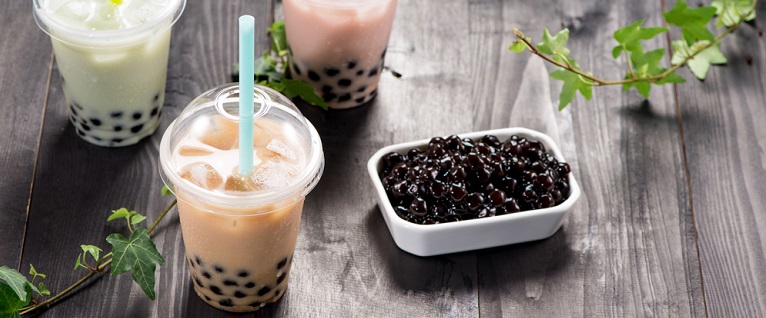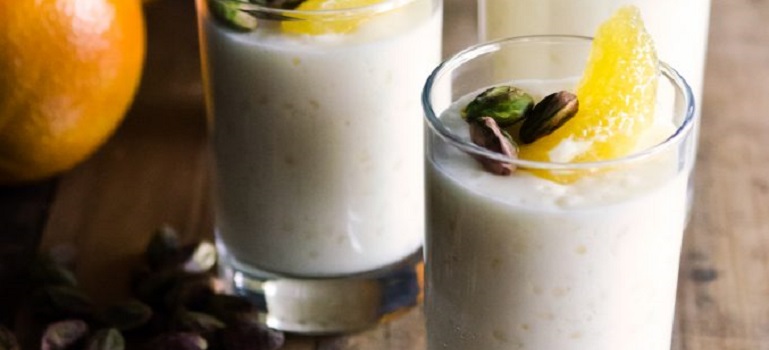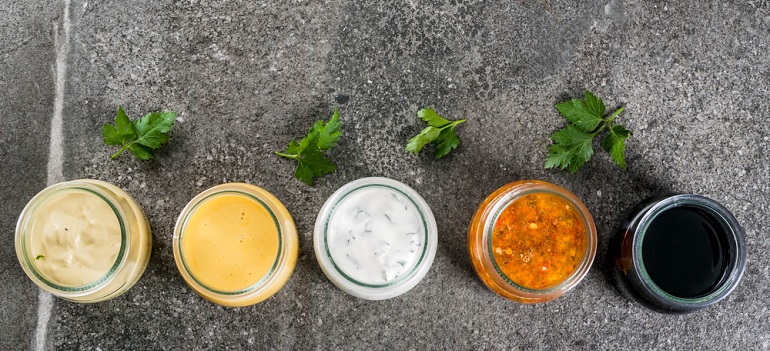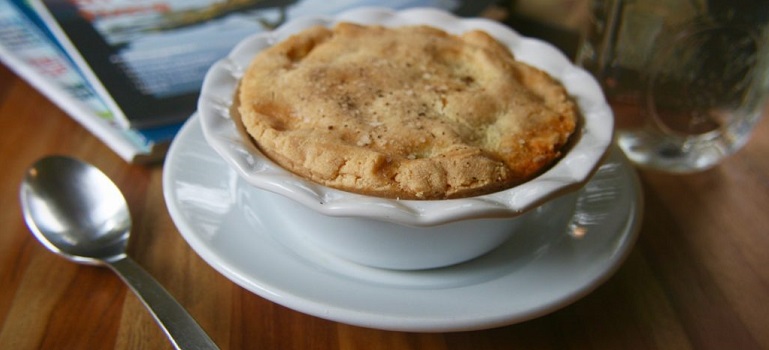

How to tell if bread is done baking
By: RedmanShop | January 11, 2025
After all the work it takes to make bread, not to mention time (sometimes multiple days!), the last thing you want to do is stumble at the final hurdle. But that’s exactly what can happen if you underbake your bread — resulting in a gummy, dense crumb — or overbake it, causing it to harden and dry out.
Should I use temperature to test my bread for doneness?
You can. Many of our recipes call for loaves to be baked to a specific internal temperature, as measured on an instant-read thermometer. (For specifics, check out this blog post: Using a thermometer with yeast bread.) But as a seasoned bread baker, Barb recommends methods that pros, home bakers, and grandmas alike have been using for centuries.
“I learned to bake bread at an artisan bakery, and we never took the temperature of our breads,” Barb says. “Professional bakers simply don’t tend to use this method. Instead, I encourage bakers to learn to use their senses to guide them: the aroma, color, feel, and sound of the loaf can provide all the confirmation you need that your bread is fully baked.”

An instant-read thermometer can measure the internal temperature of your loaf.
Use your senses to gauge doneness (more on that below!), and then turn to a thermometer as a way to confirm your instincts and ensure the bread is fully baked. It’s a secondary tool, rather than the only one. This is especially important because the center of a loaf can reach its “finished” baking temperature several minutes before the end of baking time, so only using temperature can sometimes be misleading.
Use your senses: Smell
“Just like other baked goods, when the delectable aroma of homemade bread starts wafting through your kitchen, that’s a good sign that your bread is close to being done,” advises Barb. Don’t stray too far from your oven at this point!
Use your senses: Sound
“For crusty artisan bread, one way to determine doneness is by thumping the bottom of the loaf,” says Barb. “Give it a few quick knocks on the bottom of the loaf with your knuckles; if it sounds hollow, that tells you it’s fully baked.”
Use your senses: Touch
No matter what type of bread you’re baking, the finished loaf should feel noticeably lighter in weight than the dough did. “Bread loses quite a bit of water weight as it bakes,” Barb explains. “Moisture loss can vary from one type of bread to the next, but expect at least 15% weight reduction for most breads.”
If you ever take an artisan bread class at Baking School, you’ll learn that when crusty loaves of bread (think baguettes or boules) are pulled out of the oven, they should have extremely firm crusts that only yield when squeezed very hard.

Use your senses: Sight
Crust color is a clear visual indicator of bread doneness, but Barb says different types of bread have varying levels of color to look for.
Sandwich bread and pan loaves: “The color should be a rich golden brown and the top crust should feel firm. Don’t be afraid to tilt the loaf out of the pan to be sure the sides and bottom are also nicely golden brown and sturdy.”
Challah or other free-form enriched loaves : “Look for the lightest part of the loaf (between the braids or an area that isn’t egg-washed) to have taken on some color. It won’t be as dark as the egg-washed surface, but it shouldn’t look too pale or doughy either. Look for a lighter golden brown in these areas. Check the bottom of the loaf for color and firmness as well.”
Brioche : “This one can be tricky because you really need to bake to a rich brown color for the interior to be fully baked, since the butter and sugar causes brioche to brown more quickly. Take your bread out when the crust is a deep mahogany and don’t be afraid! Color means flavor.”
Crusty artisan loaves and sourdough : “Dark color translates to more flavor, so I go a bit darker with these types of breads. Our Baking Ambassador Martin Philip shares helpful intel in a great article on this subject,” Barb recommends. One takeaway: Look for a little strip of char on the loaf’s ear, like it’s wearing eyeliner.

And just because your bread is finished baking, that doesn’t mean it’s done
It’s important to remove your bread from the oven at the correct time, and it’s handy to have your thermometer to check the internal temperature, but that’s not all it takes to nail the perfect bake.
“Remember that bread isn’t fully done when it comes out of the oven,” advises Barb. “Moisture continues to be released as bread cools, and the internal structure of the loaf needs that time to set completely. Unless you want to end up with a gummy interior, let your bread cool completely before slicing into it.” (Moist, dense rye breads with a high percentage of rye flour often benefit from up to 24 hours of cooling time!)
In the end, the best way to develop your baking sixth sense is to keep practicing, paying attention to these cues each time. “I know trusting your senses can seem difficult at first,” says Barb, “but this is one of those baking skills that will improve with every loaf you bake!”
